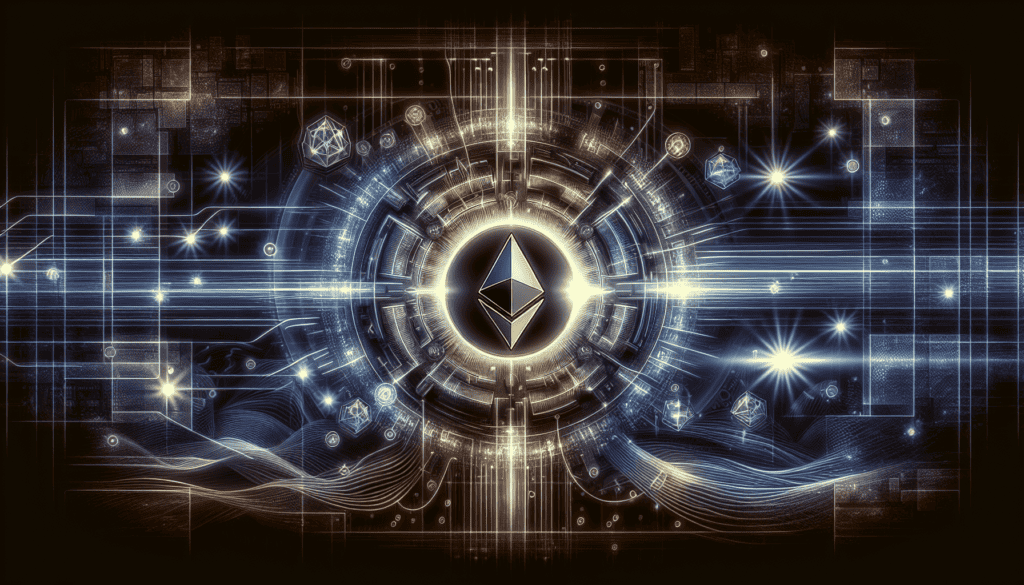Key Points
The Dencun upgrade has been successfully launched on the mainnet of Ethereum at 13:55 UTC, March 13.
This upgrade is projected to considerably lower transaction costs of layer-2 networks and amplify Ethereum’s scalability, marking it as the most eagerly awaited hard fork since the Merge.
The Impact and Limitations of Dencun Upgrade
However, Arthur Breitman, co-founder of the Tezos blockchain, believes that the Dencun upgrade, while a positive step, will not rectify all the issues associated with layer-2 solutions.
He stated that the Dencun upgrade merely extends the data usable by rollups on Ethereum, which should diminish transaction costs in these L2 solutions.
Yet, rollups built on Ethereum continue to be very throughput constrained and are compelled to adopt extreme centralization measures.
The launch of Dencun comes nearly a year after the Shanghai upgrade in April of the previous year, which permitted network participants to unstake their Ether for the first time following the network’s transition to a proof-of-stake network after the Merge.
The Dencun hard fork includes nine separate Ethereum Improvement Proposals (EIPs), with the upgrade’s name fusing the Cancun upgrade of Ethereum’s execution layer and the Deneb upgrade on the consensus layer.
Cancun, the first part, focuses on enhancing how transactions are managed and processed on the execution layer, while Deneb, the second part, seeks to improve the consensus layer, referring to how network participants agree on the state of the blockchain.
According to James Wo, the CEO and founder of Digital Finance Group, the introduction of data blobs via EIP-4844, also known as proto-danksharding, is among the most significant features of the upgrade.
This feature aims to reduce layer-2 transaction fees by enhancing data availability, a crucial move towards establishing Ethereum as a scalable settlement layer.
However, Max Wadington, a research analyst at Fidelity Investments, reported on March 6 that the promised fee reductions won’t impact Ethereum mainnet users.
He stated that in the short term, users who wish to benefit from this fee change must sacrifice some decentralization and security by transacting on L2s instead of Ethereum.
This will likely encourage more users to bridge assets elsewhere.
However, he strongly believes that transacting on Ethereum for application-specific purposes will still be considered the best option, especially for high-value transactions, in the medium term as L2 platforms continue to mature.
Gas fees on the Ethereum mainnet remain high, above 72 gwei.
An average swap would cost users $86.15 in gas fees, while nonfungible token sales average $145.60 in gas, according to Etherscan data.
